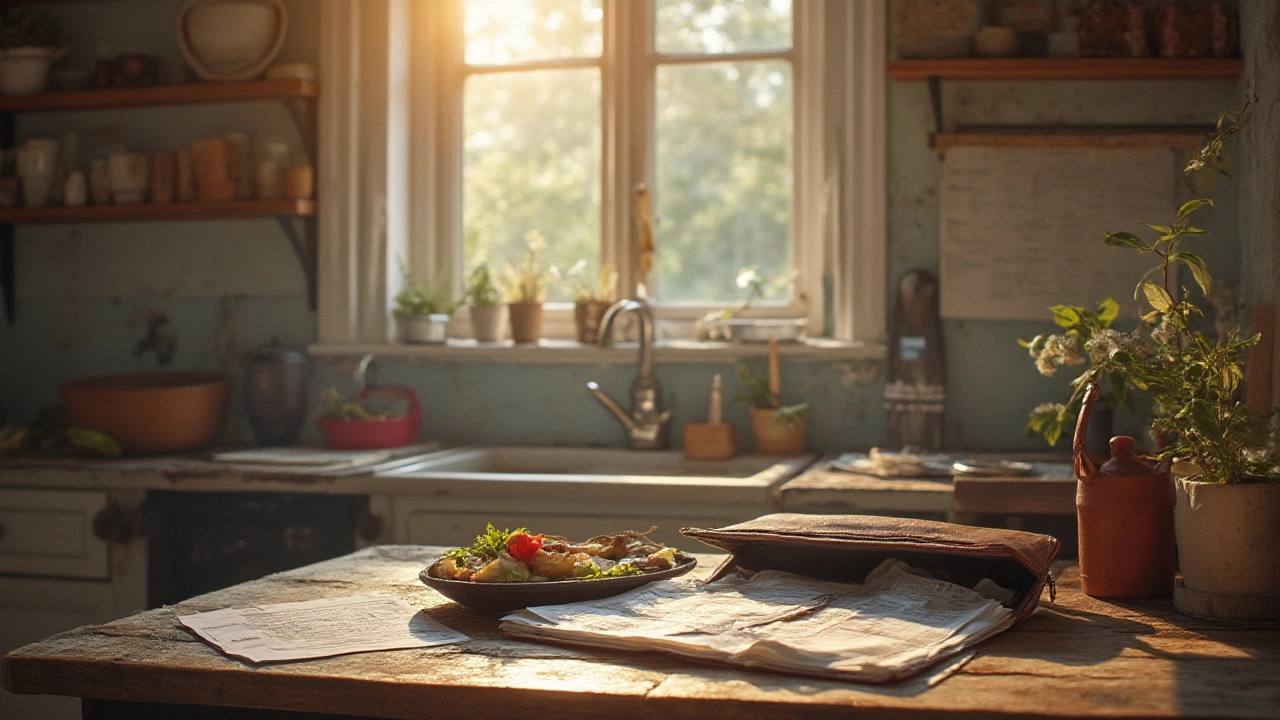When to Replace Your Stove – Signs, Timing, and Tips
Stoves are the heart of most kitchens, but they don’t last forever. Knowing when to swap out an old unit can save you money, avoid safety risks, and give you better cooking performance. Below we break down the typical lifespan of a stove, the warning signs that mean it’s time for a change, and what to look for in your next purchase.
How Long Does a Stove Usually Last?
Most manufacturers rate a stove for about 13‑15 years of regular use. Gas models often edge a little longer because they have fewer electronic components, while electric and induction units can wear out sooner if the heating elements or control boards start failing. If your stove is past the 10‑year mark and you’ve already done a few repairs, start thinking about replacement instead of pouring more cash into fixes.
Red Flags That Show It’s Time for a New Stove
Here are the most common clues that your stove is on its last legs:
1. Inconsistent heat. If burners take forever to heat up, stay uneven, or flicker between high and low, the heating elements or gas valves are likely worn out.
2. Persistent error codes. Modern stoves display codes for sensor failures, wiring issues, or thermostat problems. When the same code pops up after multiple resets, the internal electronics are probably beyond repair.
3. Strange noises or smells. Grinding, squealing, or a burnt odor indicates loose parts, faulty igniters, or gas leaks – all safety hazards you shouldn’t ignore.
4. Frequent repairs. If you’ve called a technician three or more times in a year, the repair costs are adding up fast. At that point, a new stove often makes more financial sense.
5. Outdated energy efficiency. Older models can use up to 30% more electricity or gas than current Energy Star‑rated units. Upgrading can lower your bills and reduce your carbon footprint.
When you notice any of these signs, start budgeting for a replacement. Don’t wait for a complete breakdown; early planning gives you time to shop around for the best deal.
Before you pick a new stove, think about your cooking style. Do you need a high‑BTU gas burner for quick sears? Or would an induction surface’s precise temperature control suit your needs? Measure your kitchen space, check the venting requirements, and decide whether a freestanding, slide‑in, or built‑in model fits your layout.
Finally, remember that installation costs are part of the total price. A professional installer will handle gas line connections, ensure proper ventilation, and test the unit for safety. Ask for a written estimate that includes labor, removal of the old stove, and any necessary modifications to your countertop or cabinetry.
By watching for the warning signs and planning ahead, you can avoid unexpected breakdowns and enjoy a modern, efficient stove that makes cooking a pleasure again.

Should You Repair a 15 Year Old Stove? Expert Tips and True Costs
Wondering if you should repair your 15-year-old stove or swap it for a new one? Get real facts, honest costs, and tips to make the smartest choice for your kitchen and your wallet.